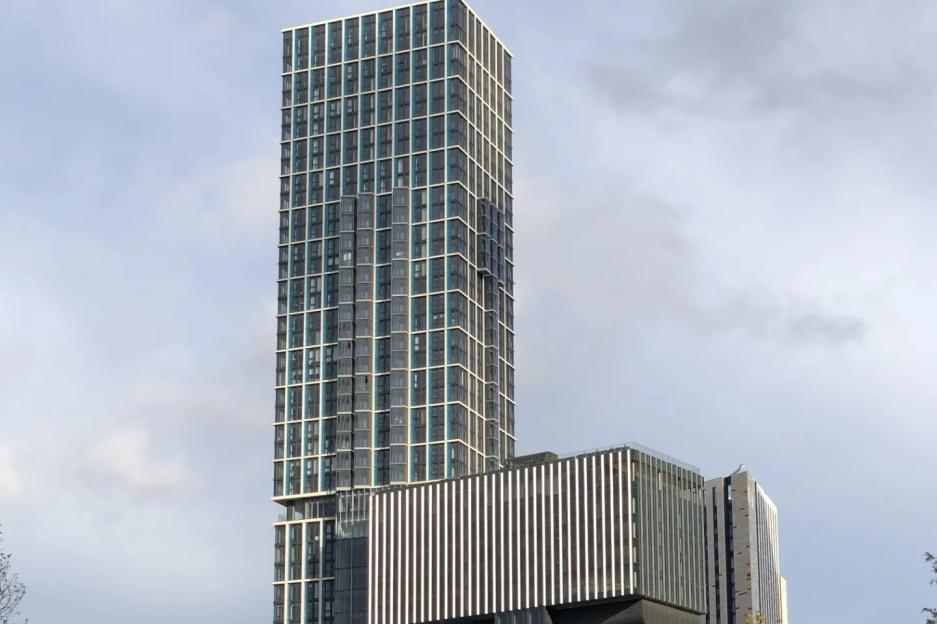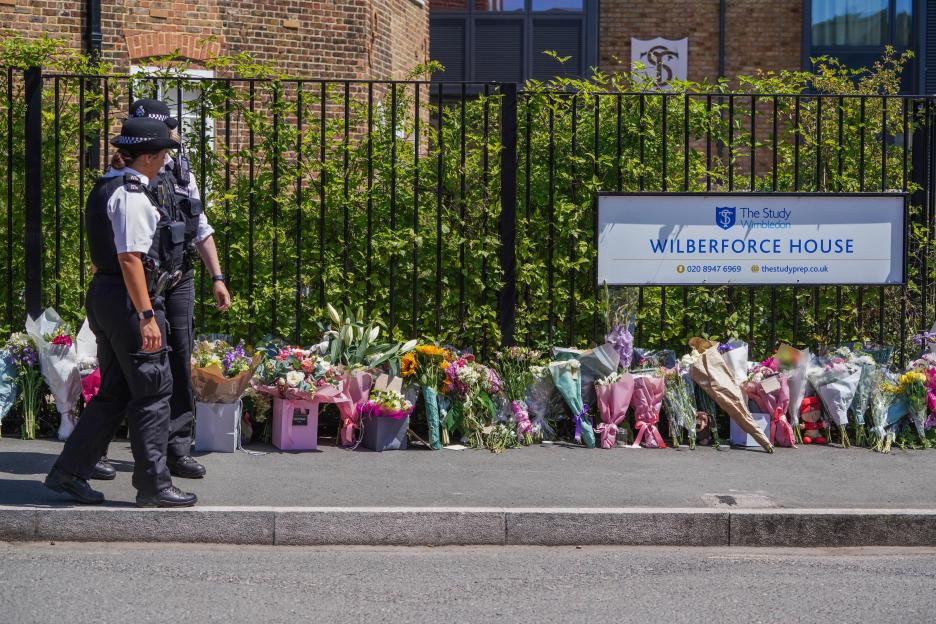COVID-19 may be the worst health crisis the world has ever seen — and the virus keeps getting worse.
The variants of concern (VoCs) are modified versions of the original strain of the SARS-CoV-2 virus, which causes the disease.
The novel coronavirus, like other viruses, replicates when it enters a host’s cells. But not all of the copies are the same. Errors in the replication process, called mutations, give rise to slightly altered viruses.
Read more: P.1 variant is spreading in Canada. What do we know about it and vaccines?
“Some of these mutations take hold because they give survival advantage to the virus, while others really don't,”; Nazeem Muhajarine said.
Muhajarine is an epidemiologist at the University of Saskatchewan who studies COVID-19 and the variants.
He told Global News more mutations occur when viruses are in an immunocompromised host and when they can infect many people.
In the first case, the immunocompromised person’s immune system is unable to rid the body of the virus, or to do so quickly. That gives the virus more time to infect more cells and produce more copies of itself, potentially producing more mutations.
It is similar when many people in a population are infected. The virus may have less time in a single host before the immune system reacts but has more opportunities to mutate in more bodies.
Read more: Saskatoon parent says she's more scared of anti-maskers than COVID-19
Viruses are always mutating and new variants constantly emerge. But some changes prove exceptional.
“Those are the ones that we are particularly concerned about, the variants with the mutation that can give them the advantage to escape, to evade natural immunity or vaccine-conferred immunity,”; Muhajarine said.
Mutations could also bestow the ability to become more transmissible, making it easier for the virus to infect others, or more severe, meaning its more likely those infected will require hospital care or die.
The names given to the variants are an important part of tracking them. The letters and numbers in the name tell researchers what part of the virus evolved and, hopefully, gives them a good indication of where to look to find other worrying strains.
The B.1.1.7 variant, first detected in the UK, is more transmissible and more severe. Muhajarine told Global News early data shows it increases the risk of hospitalization, for intensive care and of death.
Read more: ‘Grief and shock': Southern Alberta teen dies suddenly after negative COVID-19 test
The B.1.351 strain, spotted first in South Africa, is more transmissible but likely not more severe than the original virus – at least as far as scientists know right now.
The P.1 strain, seen first in Brazil, appears to be much more transmissible. Muhajarine said some data from Brazil show it could be more than twice as transmissible as the original strain of the virus, known as the “wild”; strain.
Scientists don’t know if it is more severe yet, but preliminary data shows–worryingly—it appears capable of evading immunity and re-infecting some people who already had COVID-19.
Then there’s the B.1.167 strain, circulating in India. The World Health Organization hasn’t yet classified it as a VoC. For now it’s a variant of concern, but Muhajarine wrote, in a follow-up email, that the WHO will likely reclassify it as researchers collect more data.
This is the strain often referred to as the “double mutant.”;
Read more: Manitoba's latest COVID-19 deaths include 2 people in their 20s
Dr. Cory Neudorf, also an epidemiologist at the University of Sasktachewan, said the strain does have two mutations seen in other variants that scientists have linked to increased transmissibility and better evasion of the immune system. But he added, “it's still pretty early to say whether... it has two of these mutations at the same time is a more concerning issue or just an interesting issue.”;
Neudorf stressed researchers are still collecting data and said so it can be hard to make concrete determinations about viruses that are so new. Many of the variants of concern only emerged in past few months.
He pointed to the trend of younger people around the world needing hospital care. This could point to the variants being far more severe than the original virus strain or it could be because older people were vaccinated and have immunity.
The information will continue to emerge as researchers continue their work, but one thing remains certain.
“Viruses can't mutate if they don't spread,”; Neudorf said.
But even with people getting vaccinated, Neudorf warns we’re at a precarious time.
Read more: COVID-19 variants: Not the same disease
COVID-19 is still spreading, and because only part of the population is vaccinated, he says more variants will likely emerge, and they could be even worse than what we have now.
“You can continually get new viruses that have been mutating inside the unimmunized, exposing the immunized people. Eventually, one of those is going to emerge that can get around the vaccine.”;
He also warned of a potential “variant of high consequence,”; when a new strain has a combination of resistance or immunity to vaccines, is resistant to treatment, is highly transmissible or is more severe, to the point it’s difficult for medical staff to diagnose.
“Perhaps it's changed so much that our diagnostic tests don't work, or the effectiveness of the vaccine now is very reduced or it's gotten a lot more severe, evading all of our treatments,”; he said.
He stated there are no variants in that group, yet.
Neudorf and Muhajarine both said the best way to prevent the virus from mutating is to wear a mask, stay physically distant, stay home as much as possible and to get vaccinated as soon as possible.





